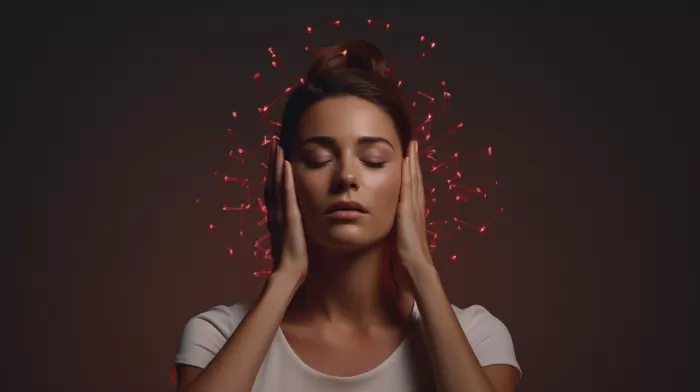When it comes to making a health plan that works and sticking to it, you must also avoid the pitfalls. And when it comes to a subject as complex as headaches and migraines, it’s important to separate headache myths from facts. In this article, we will clear up eight common headache myths and provide you with facts to better understand and manage headaches and migraines.
Myth #1 – All headaches are the same
It’s easy to assume that headaches are a single condition. However, there are over 30 different types of headaches and migraines, which are divided into primary and secondary types. Knowing that headaches are not a single disease but various head-pain-related symptoms caused by imbalances within the body should provide hope for change and improve your daily outlook.
Myth #2 – Migraines are just bad headaches
Migraines are a specific type of headache based in temporary neurological dysfunction. They are relatively rare compared to tension-type headaches, which are caused by muscle contraction around the shoulders and neck. Knowing migraines are distinct from bad headaches can provide relief in your outlook and expectations.
Myth #3 – Only women get migraines
While more women than men get migraines, anyone can experience them, including children. According to the World Health Organization (WHO), migraines strike 18% of women, 8% of men, and 10% of children.
Myth #4 – Headaches are a normal part of life
While it may seem like everyone gets headaches, they are not a normal or natural part of life. Headaches are symptoms and are mostly a result of a combination of poor lifestyle choices. By changing your lifestyle choices and daily activities, you can reduce the triggers and stop the headache cycles.
Myth #5 – If you get headaches, you shouldn’t exercise
Exercise is essential for headache prevention. Start exercising slowly, lightly, and within limits so as not to worsen or aggravate headache conditions. Exercises like walking, yoga, Tai chi, Qigong, and Pilates are good options for those who suffer from headaches. The more you can do, over time, the more you can increase your vitality and reduce headache and migraine triggers.
Myth #6 – The environment has no effect on headaches and migraines
Environmental factors can indeed trigger headaches, including air quality (pressure, humidity, pollution), the ratio of negative to positive ions in the atmosphere, toxic chemicals used to clean clothing or surfaces, the relative stuffiness and heat of a room, and the type of lighting used. Becoming aware of these environmental triggers can help in better managing headaches and migraines.
Myth #7 – There’s no cure for headaches and migraines
This is a harmful myth that leads many to believe they have to live in pain. By engaging in mind-body exercises, eating an anti-inflammatory diet, changing your environment, exercising, taking proper supplementation, using therapeutic creams, and seeing practitioners for complementary wellness visits, you can greatly reduce and even prevent headache and migraine pain.
Myth #8 – Drugs are the only solution for “managing” headaches
Although over-the-counter and prescription painkillers can provide headache relief, they are not the only way to treat headache pain. Furthermore, these pills treat the pain, the symptom, but do not change the root cause or trigger of the headaches themselves. As a result, headaches may return frequently.
Understanding these myths and learning the facts can help you prevent the progression of both headaches and migraines, reduce symptoms, and improve your quality of life on a daily basis. Knowledge is power, and understanding fosters wisdom; if you suffer chronic headaches or migraines, this is an important step in finding the best solution for you.



